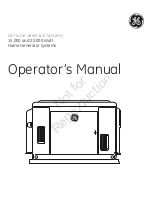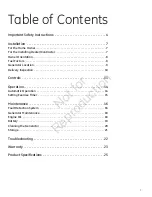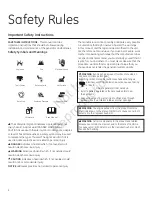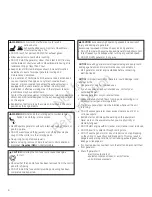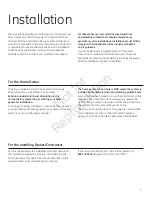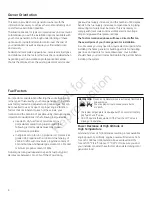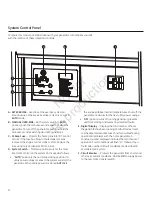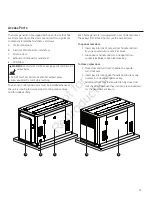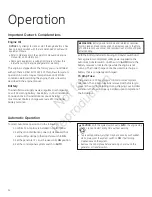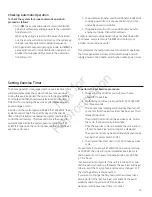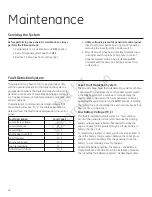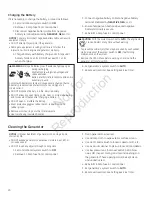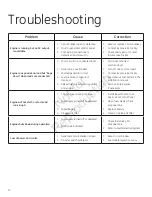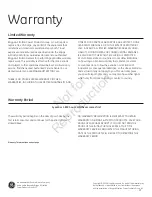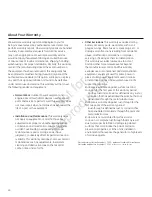
9
The actual physical location of your home generator has a
direct affect on:
1. The amount of plumbing required to fuel
your generator.
2. The amount of wiring required to control and connect
your generator.
Specific location guidelines are discussed in the installation
manual. Acquaint yourself with that information and confer
with your installer. Be sure to ask how your site might
affect installation costs and compliance with local codes
and standards.
The generator must be installed outdoors. DO NOT install
generator where exhaust gas could accumulate and enter
inside or be drawn into a potentially occupied building.
Ensure exhaust gas is kept away from any windows, doors,
ventilation intakes or other openings that can allow exhaust
gas to collect in a confined area. Prevailing winds and air
currents should be taken into consideration when positioning
generator. See the installation manual for full details on safe
generator location.
Generator Location
WARNING
Running engine gives off carbon monoxide, an
odorless, colorless, poison gas.
Breathing carbon monoxide could cause headache,
fatigue, dizziness, vomiting, confusion, seizures, nausea,
fainting or death.
Operate generator ONLY outdoors.
•
Install a battery operated carbon monoxide alarm near
•
the bedrooms.
Keep exhaust gas from entering a confined area through
•
windows, doors, ventilation intakes, or other openings.
WARNING
Exhaust heat/gases could ignite combustibles or
structures causing a fire.
DO NOT install the generator closer than 5 feet (1.5m) from any
•
combustibles or structures with combustible walls having a fire
resistance rating of less than 1 hour.
Not
for
Reproduction

